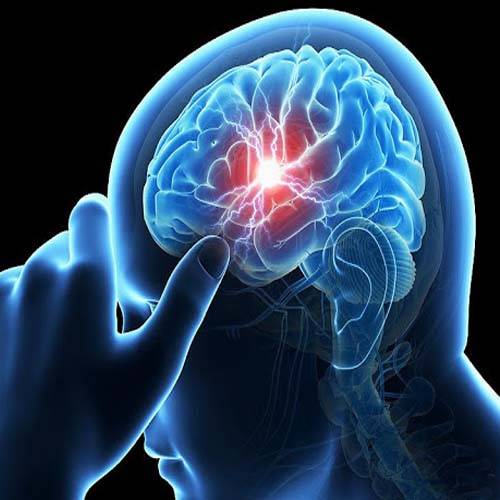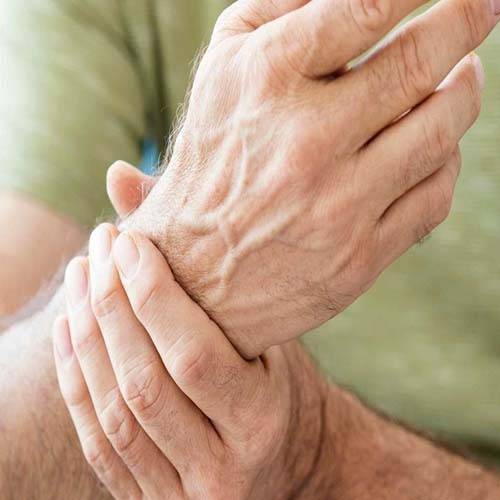
A fracture is discovered after hearing a cracking sound coming from the elbow! We have always been terrified of this whenever we play any sports or see one of our friends or coworkers enter the room with a plastered arm.
Broken bones are known as fractures. Although this is a common sort of fracture, it doesn't necessarily mean the bone has split in two; it could simply be an incomplete crack. There are various kinds of fractures. It results in an open or complicated fracture when a shattered bone pierces the skin. Car crashes, slips and falls, and sports injuries are the three main causes of fractures. Another reason for weak bones is osteoporosis and low bone density.
The bones can become overworked and develop stress fractures, which are very minute fissures in the bone. Physiotherapy Treatment for fracture is an option for fracture pain.
Let us understand first the cause of a fracture, the first and the most known cause is through a violent force on the bone, which the structure cannot bear and thus, breaks. However, there are other reasons for a fracture, such as osteoporosis, which can induce a fracture even with a tiny force that it wouldn't ordinarily (since the disease process weakens the bone), or malignancy, where the bone weakens.
 What Exactly Does A Physiotherapist Do?
What Exactly Does A Physiotherapist Do?
Frequently, a patient will present to the clinic with an incorrectly healed fracture or an arm or limb that is covered in a boot. A fractured limb requires several stages of treatment. Moving the unaffected joint is vital to prevent stiffness and weakness while the damaged section of the limb is immobilized to promote healing and restoration.
Once the fracture is healed, we start with exercises for that affected bone/joint aimed at managing pain, reducing stiffness, and improving mobility, flexibility, strength, and function.

 Treating Fractures with Physiotherapy
Treating Fractures with Physiotherapy
Our muscles, bones, and other tissues can regenerate in astonishing ways, particularly in young people. As a result, a fracture self-heals through regeneration and, after a few months or so, is nearly flawless.
The pain of the tenure and the discomfort of being unable to move that bodily part, however, can both be uncomfortable. Fractures can occasionally occur when there has been greater damage done to the body, signaling the presence of underlying disorders like osteoporosis, or when the body's cells are less capable of regenerating due to aging or other circumstances. As a result, whether the process of healing takes a lengthy period or one that is relatively short, everyone wants to minimize suffering.
We at Theracure, help you with physiotheaphy after fracture by making sure that the affected part is constantly taken care of. We help you in fastening and going through the whole regeneration process, through exercises and other activities. These activities help your muscle to become more active, a little at a time, and also help in easing the pain associated with the fracture.
A fracture can take time to heal and at Theracure, we guide and assist you throughout the healing process and Take care of your rehab following the post-fracture physiotherapy according to your needs.









